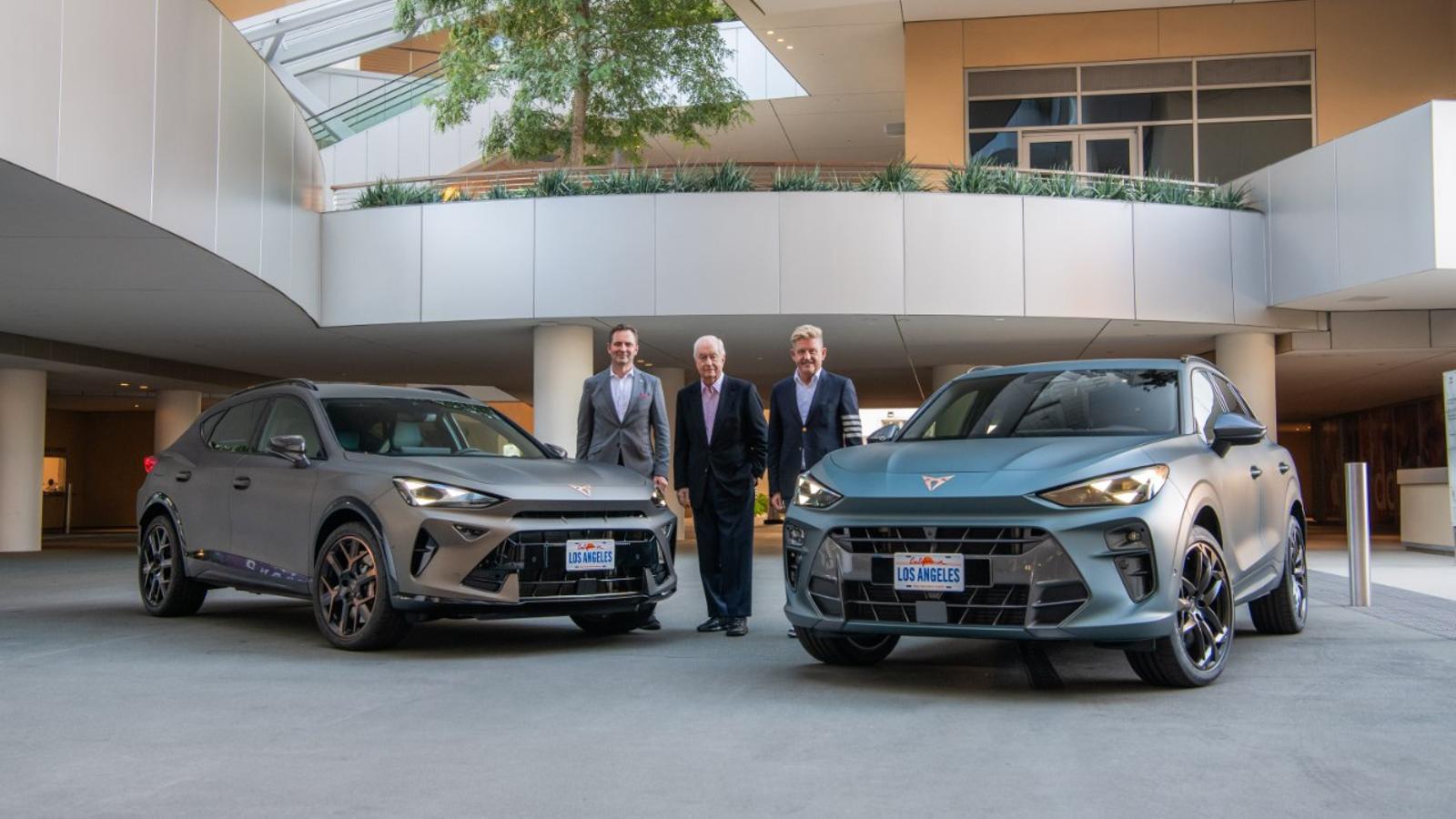The highly anticipated launch of Cupra in the United States by 2030, a vision championed by former CEO Wayne Griffiths, has officially been postponed. This pivotal decision stems from a confluence of factors, primarily the evolving international economic landscape, marked by significant uncertainties surrounding potential tariffs on European products, and the challenging commercial performance of its parent company, Seat.
Seat’s recent financial results underscore the prudence behind this strategic pivot, with a stark 90% decline in operating profit during the first half of the year. This considerable downturn has compelled the brand’s new leadership to prioritize stringent control over production costs, ensuring financial stability amidst a volatile global automotive sector.
A core element of this refined strategy involves focusing Cupra’s immediate efforts on the critical commercial introduction of the new Raval. This groundbreaking model represents the brand’s first fully electric vehicle, meticulously manufactured in Martorell, signaling a clear commitment to sustainable mobility and innovation within its core markets.
In an official statement, Cupra explicitly clarified that its plan to establish a commercial presence in the United States is being “postponed, not canceling.” This nuanced declaration emphasizes that while current market dynamics and sector-wide challenges necessitate a delay, the long-term ambition for Cupra US expansion remains intact.
Wayne Griffiths’ initial roadmap for American market penetration was notably ambitious, envisioning the establishment of up to 20 new Cupra Garages across various US states, with a particular emphasis on key regions like California and Florida. These locations were strategically chosen for their alignment with the lifestyle and preferences of prospective Cupra buyers.
Furthermore, Griffiths’ grand design included a significant partnership with the Penske automotive group, a formidable entity with a rich legacy in motorsport, encompassing victories and participations in NASCAR, IndyCar, and Formula E. This collaboration was intended to leverage Penske’s expertise in high-performance and hybrid vehicles, bolstering Cupra’s market entry.
The North American automotive market presents unique challenges and demands, characterized by a strong consumer preference for large pickup trucks and powerful eight-cylinder gasoline engines, segments largely unaddressed by European manufacturers. While vehicles like the Cupra Formentor, a European bestseller, struggle for popularity among American consumers, Cupra’s revised market strategy specifically targets coastal metropolises like Los Angeles and Miami with its electric vehicle offerings, including the Tavascan, Born, and the upcoming Raval, reflecting a more tailored approach to the diverse US landscape.
The aspirational positioning and robust sales growth achieved in Germany, spearheaded by Bernhard Bauer, who consolidated a remarkable 67.6% growth in the first six months of the year, serve as a foundational model Cupra sought to replicate. This German success, driven by high-performance technological vehicles and a distinctive brand identity linked to social and sporting events, highlights Cupra’s potential for global expansion when conditions are favorable.
Ultimately, the definitive entry of Cupra into the US market hinges on the evolution of the future social, economic, and industrial contexts. The brand remains poised to reassess its strategy as these factors align, potentially paving the way for its long-term American ambitions to materialize.





Leave a Reply